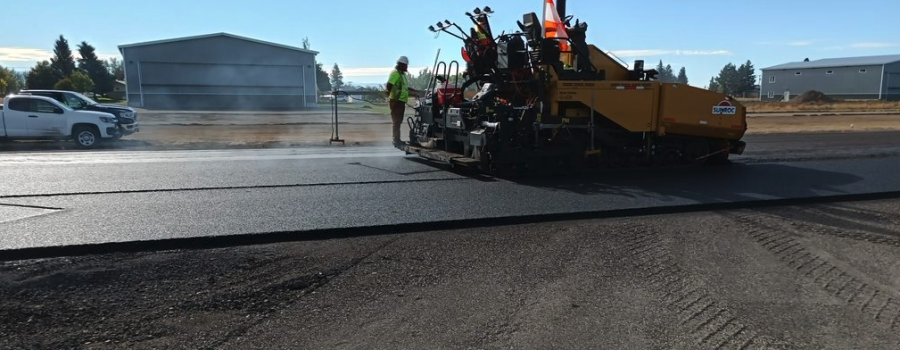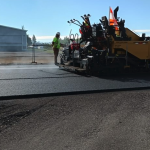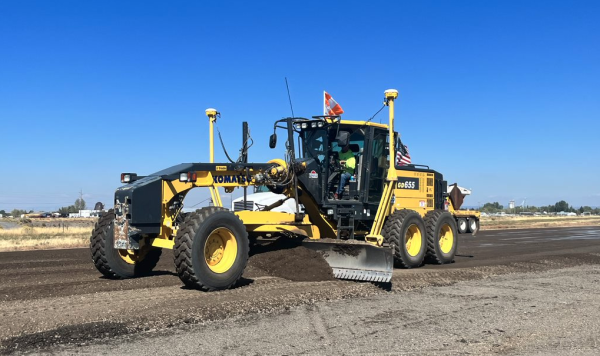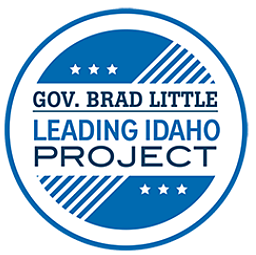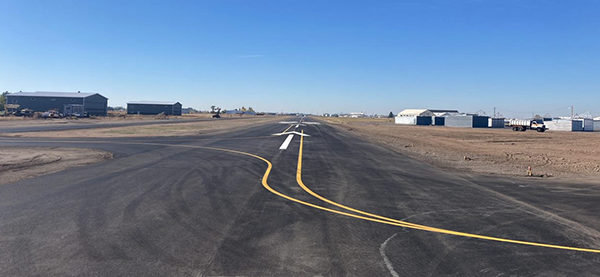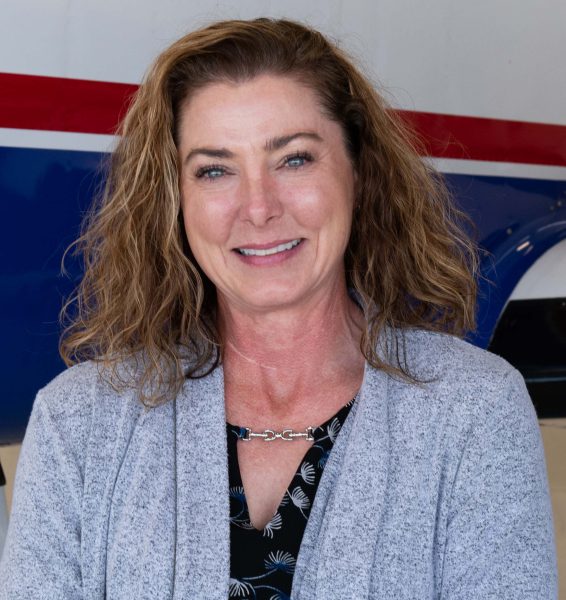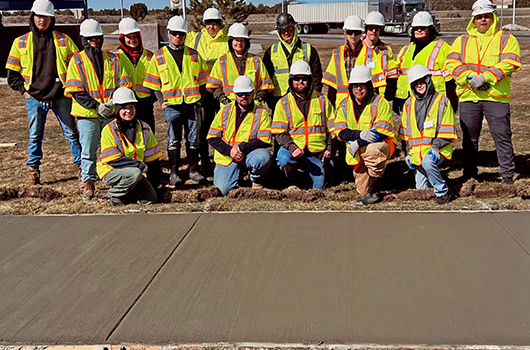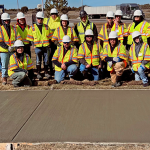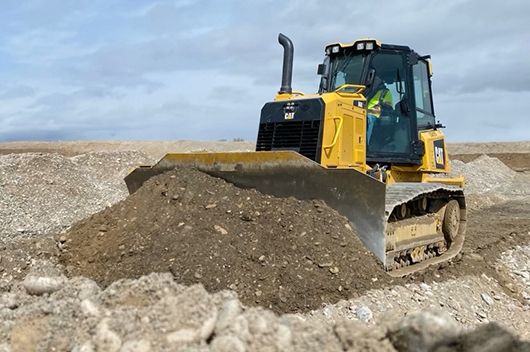ITD Highlights the Trailblazing Women in Construction

This week is Women in Construction Week, which celebrates the vital role women play in the construction industry.
Throughout the week, ITD will highlight several employees who strengthen and amplify the success of women in the construction industry on our social media pages.
We asked several employees to answer questions and give advice to young women entering the field.
Carrie Ann: Technical Engineer Services Leader
How did you get started in the construction/transportation industry?
I grew up just outside of Milwaukee. There was ALWAYS new construction going on and it was a thing between me and my dad as we’d be driving, “Whoa, check that out on your right! Look at the size of that crane!” There was always something new to gawk at. “What do you think they’re doing there with that “tic-tac-toe” looking thing?”, which ended up being geogrid. When we’d travel, we’d notice different things like the wildlife overpass crossings in Canada or the overpass restaurants over the interstate in Illinois. We even traveled down to Chicago once to watch a building implosion on a Saturday morning.
What do you like most about being in the construction/transportation industry?
I like the transformation of things. You can literally move mountains. It’s so amazing seeing some of these projects once they’re complete and it’s amazing to be a part of that.
What advice do you have for young women entering the industry?
Have confidence in yourself. Unfortunately, you may have to prove yourself at times more than a man would, but accept the challenge, show that you know your stuff, and don’t give up. I think things are getting better, but unfortunately some prejudice still does exist.
Jessika: Workforce Development Manager
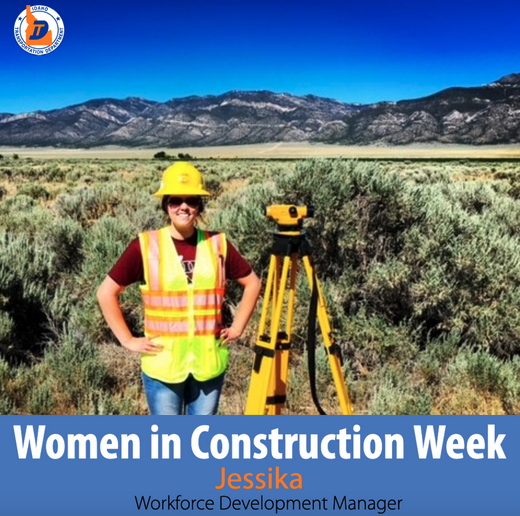 How did you get started in the construction/transportation industry?
How did you get started in the construction/transportation industry?
I started on a highway construction crew as an Engineer Technician I with Nevada Department of Transportation
What do you like most about being in the construction/transportation industry?
I love that I am a part of improving people’s lives every day.
What advice do you have for young women entering the industry?
No job is a ‘man’s job’.
Megan: Design Construct Residency A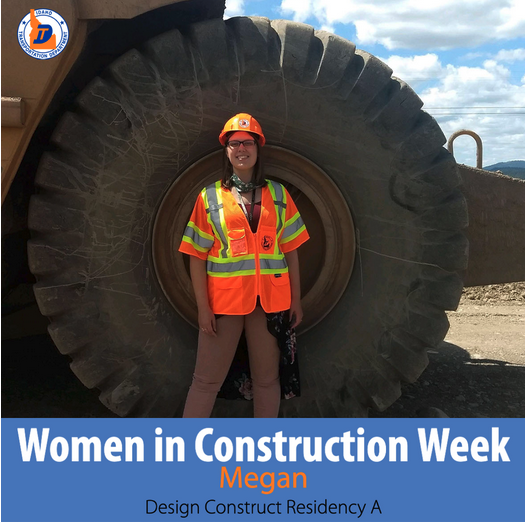
How did you get started in the construction/transportation industry?
It was a bit of an accident – I have a degree in mechanical engineering, but jobs in mechanical engineering are few and far between unless you want to live in a big city, which I didn’t. While looking for local jobs I came across one at ITD and decided to see what it was like. I decided I liked the people and environment, ITD decided to take a chance on me, and the rest is history.
What do you like most about being in the construction/transportation industry?
Being able to have a positive impact on the community. I’m still blown away by the fact that the projects I work on will have impacts that last for decades.
What advice do you have for young women entering the industry?
There is so much information to learn and so many things to keep track of when working in transportation. It’s easy to get overwhelmed, but just remember to take a deep breath and to ask for help when you need it.

Taylor: Grants & Contracts Officer
How did you get started in the construction/transportation industry?
I first started in the transportation industry as a temporary employee in the Division of Motor Vehicles at the Idaho Transportation Department. I sought out this opportunity after meeting previous ITD employees through a 1 credit weekend workshop class at Boise State University. After graduating and working as a temp for 2 months, I received a full-time position and have worked my way up in the department since.
What do you like most about being in the construction/transportation industry?
I really enjoy working in the transportation industry because every day is different. The logistics of moving people, products, etc. is never boring or underwhelming and no two days are the same. New challenges present themselves regularly and individuals in the transportation/ construction industry work together to collaborate and innovate on solutions.
What advice do you have for young women entering the industry?
Lean into learning as much as you can and try to look at every new challenge as an opportunity for growth and development. Come in confident, with a positive attitude and be willing to learn. Everything else will fall into place as it is meant to.
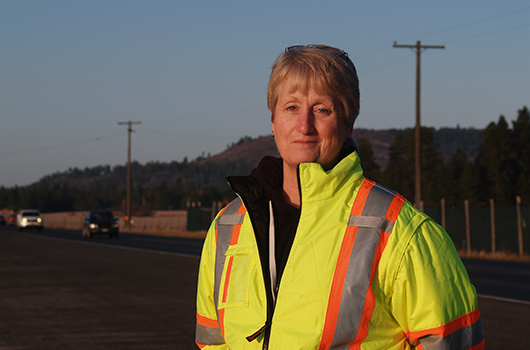
We also want to highlight Shannon Thornton (above) who will retire on March 15 after about 28 years on the job in North Idaho. She is the only female maintenance foreman currently at ITD, and is believed to be the only one in agency history.
Thank you to all ITD employees who strengthen and amplify the success of women in the construction industry!
Follow this campaign on our Instagram and Facebook throughout the week.

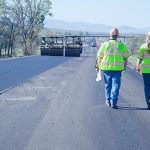

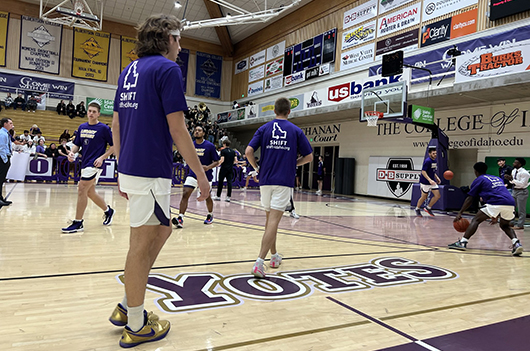

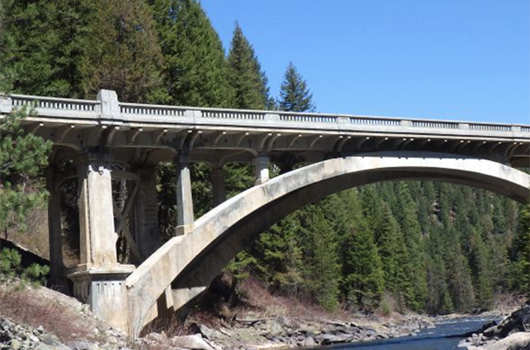
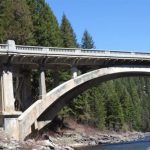



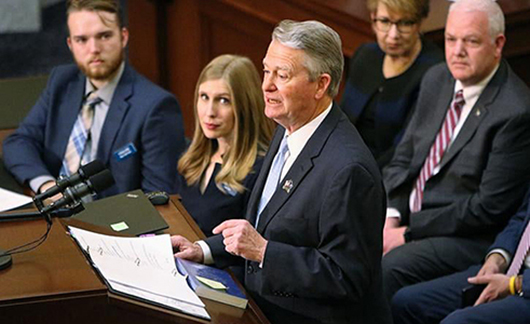

 In recent years, Governor Little and the Idaho Legislature have championed investments in critical infrastructure without raising taxes or fees. Efforts have focused on bonding for new road capacity and addressing the deferred maintenance backlog facing state and local roads. The Governor’s budget builds off these previous investments, and:
In recent years, Governor Little and the Idaho Legislature have championed investments in critical infrastructure without raising taxes or fees. Efforts have focused on bonding for new road capacity and addressing the deferred maintenance backlog facing state and local roads. The Governor’s budget builds off these previous investments, and: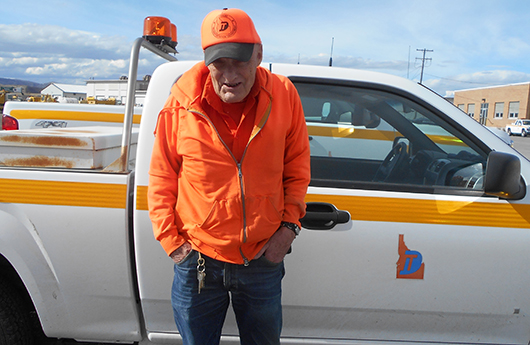

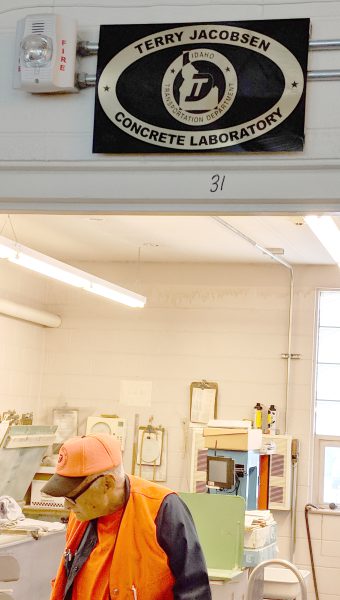

 “Terry has been a stalwart at ITD,” said D5 District Engineer Todd Hubbard. “He has seen a lot of things happen since he started with the department in April of 1958. He helped build the Interstate. Anybody that knew Terry knew that he was committed to his job. After 64 years and almost 134,000 hours of service, we say ‘thank you, Terry for a job well done!'”
“Terry has been a stalwart at ITD,” said D5 District Engineer Todd Hubbard. “He has seen a lot of things happen since he started with the department in April of 1958. He helped build the Interstate. Anybody that knew Terry knew that he was committed to his job. After 64 years and almost 134,000 hours of service, we say ‘thank you, Terry for a job well done!'”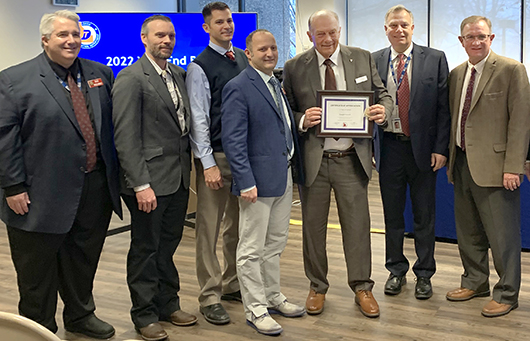
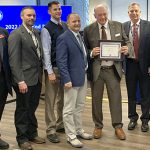

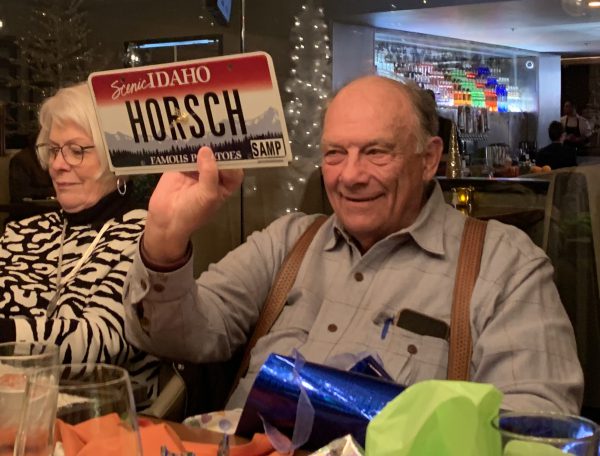 What I Will Miss
What I Will Miss